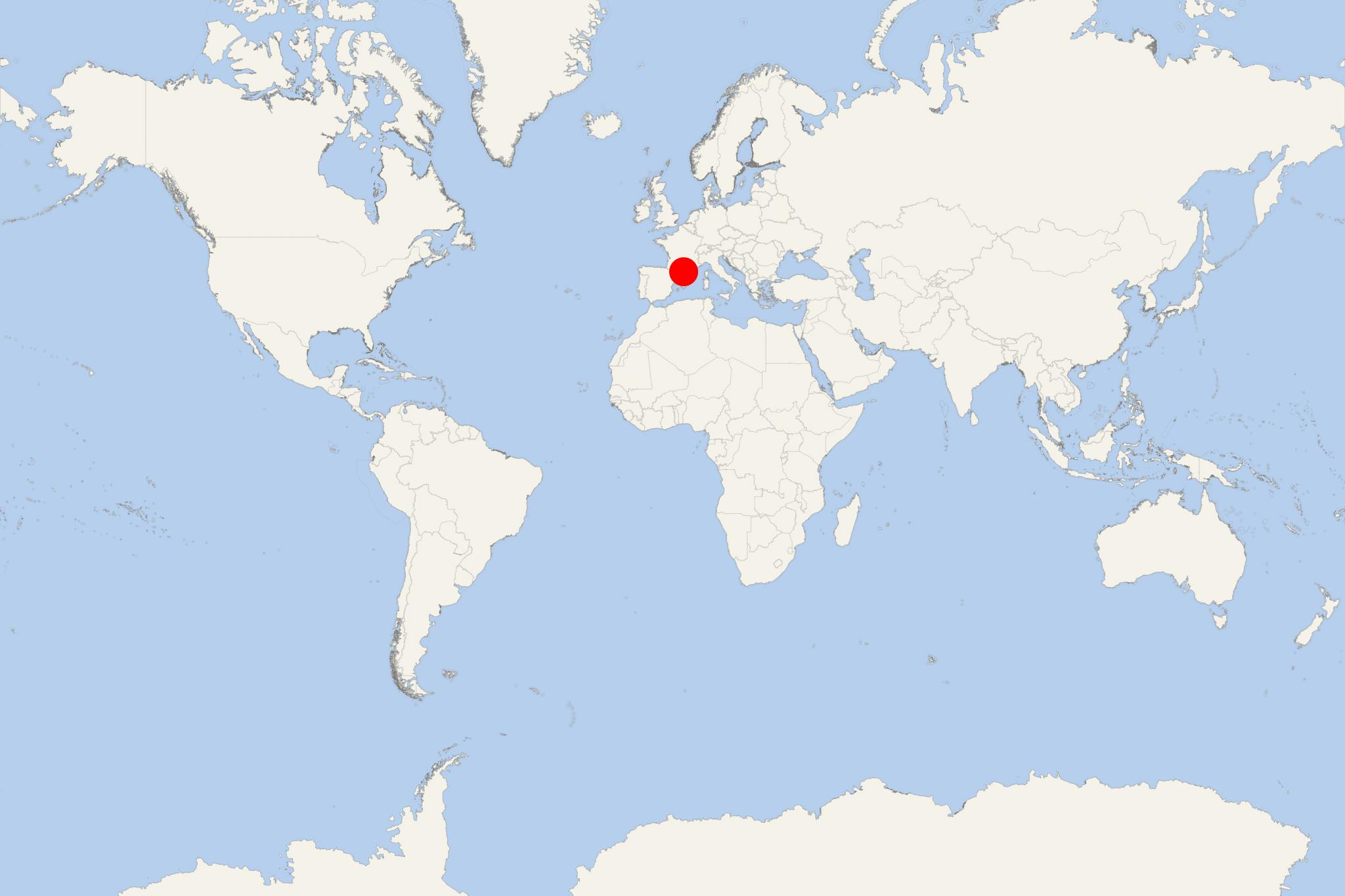Collioure (France)
Cruise Port schedule, live map, terminals, news
Region
Mediterranean - Black Sea
Local Time
2025-04-19 03:43
 53°F
53°F 11.9°C

 Light breeze
Light breeze2.7 m/s
 67 °F / 20 °C
67 °F / 20 °C 49 °F / 10 °C
Port Collioure cruise ship schedule shows timetable calendars of all arrival and departure dates by month. The port's schedule lists all ships (in links) with cruises going to or leaving from Collioure, France. To see the full itineraries (ports of call dates and arrival / departure times) and their lowest rates – just follow the corresponding ship-link.
| Day | Ship | Arrival | Departure |
|---|---|---|---|
| 22 October, 2025 Wednesday | 08:00 | 16:00 |
Collioure is a Mediterranean port town in France's Occitania region (Pyrenees-Orientales/Northern Catalonia department, Roussillon province) with population under 3,000. The harbor port (locode FRURU) is on Cote Vermeille (Vermilion Coast).
Collioure is very close to the France-Spain border (Catalonia's Costa Brava). The closest larger French towns are Port-Vendres (3 km / 2 mi to the south) and Argeles-sur-Mer (7 km / 4 mi to the north). Perpignan (Perpignan Mediterranee Metropole's main city and Roussillon's historic capital) is approx 30 km (19 mi) to the north-northwest via the scenic route RD914 (that connects Perpignan with Cerbere/near the Spanish border).
The settlement developed around a 7th-century castle (built by the Visigoths) and initially consisted of two separate villages - Port d'Avall (aka Le Faubourg/Old Town) and Port d'Amunt (aka Le Moure).
The town's scenery is marked by waterfront castles, small pebbled beaches, medieval streets (lined with shops and cafes), French and Spanish cultural and architectural heritage (which attracts domestic and foreign artists), terraced vines (on the surrounding hills), a lighthouse. Popular among domestic tourists is the annual Saint Vincent festival (held for several days in August).
Chateau Royal de Collioure (Collioure's royal castle) was expanded by the Knights Templars (in the 12th century), the Kings of Majorca (in the 13th-14th centuries), the Spanish Habsburgs (in the 16th century) and by the French Bourbons (in the 17th century).
